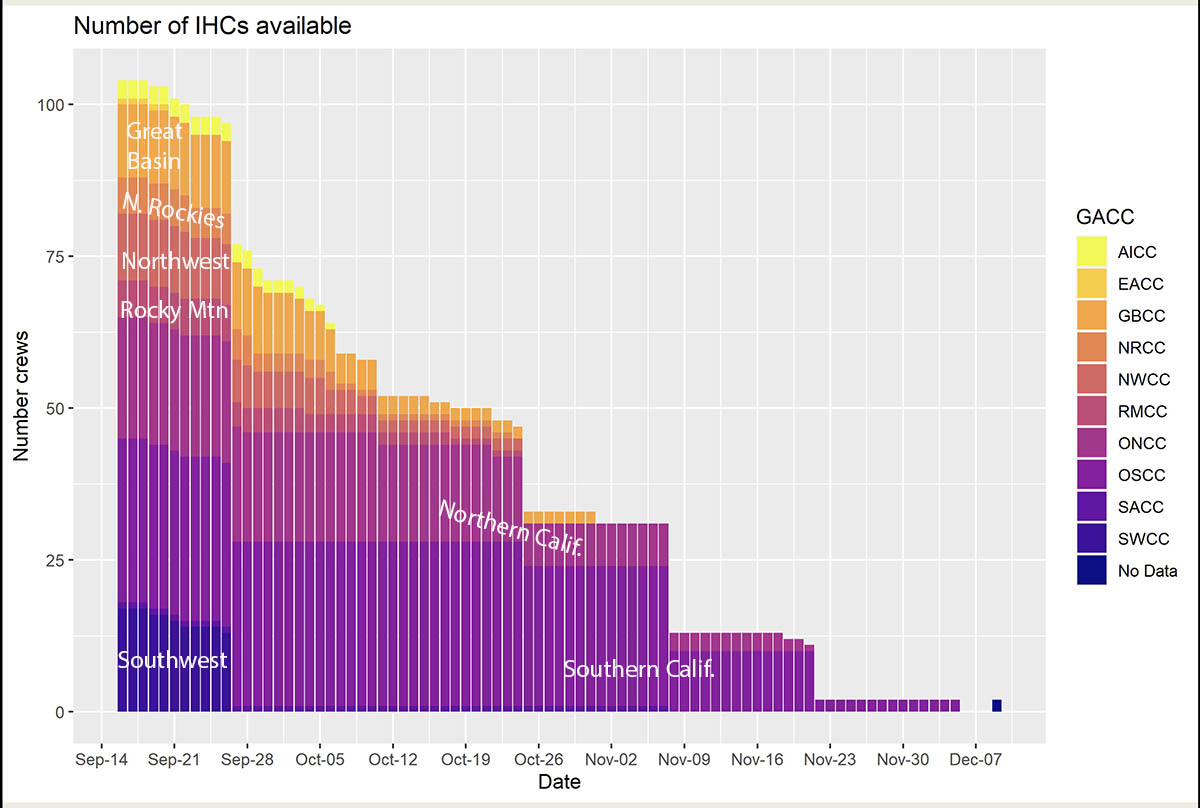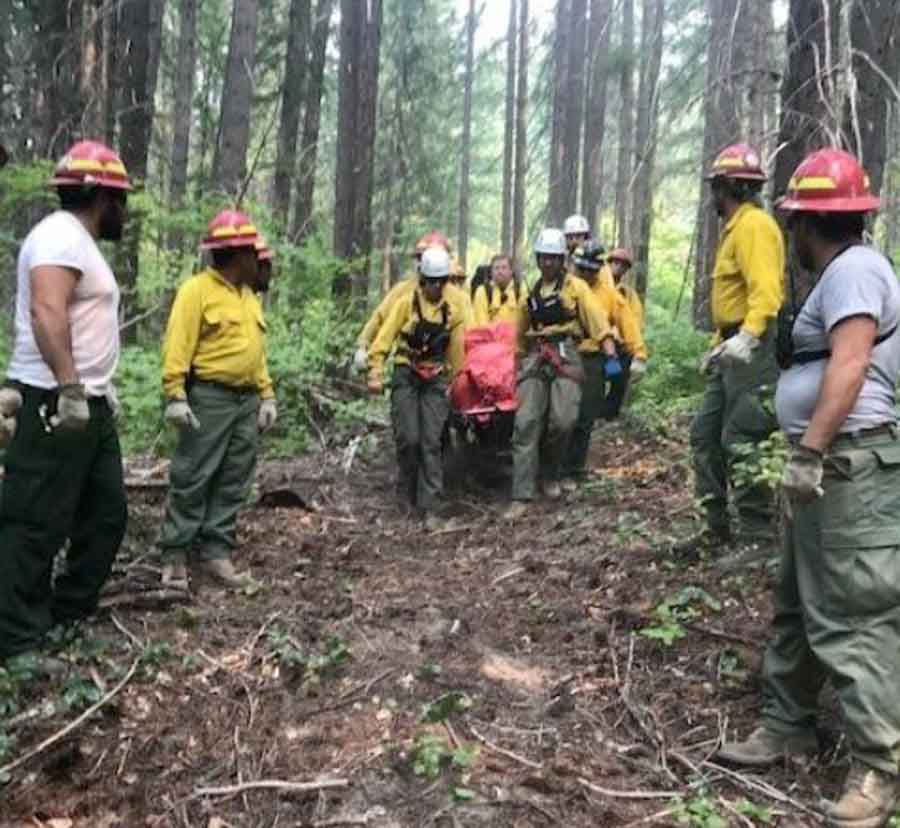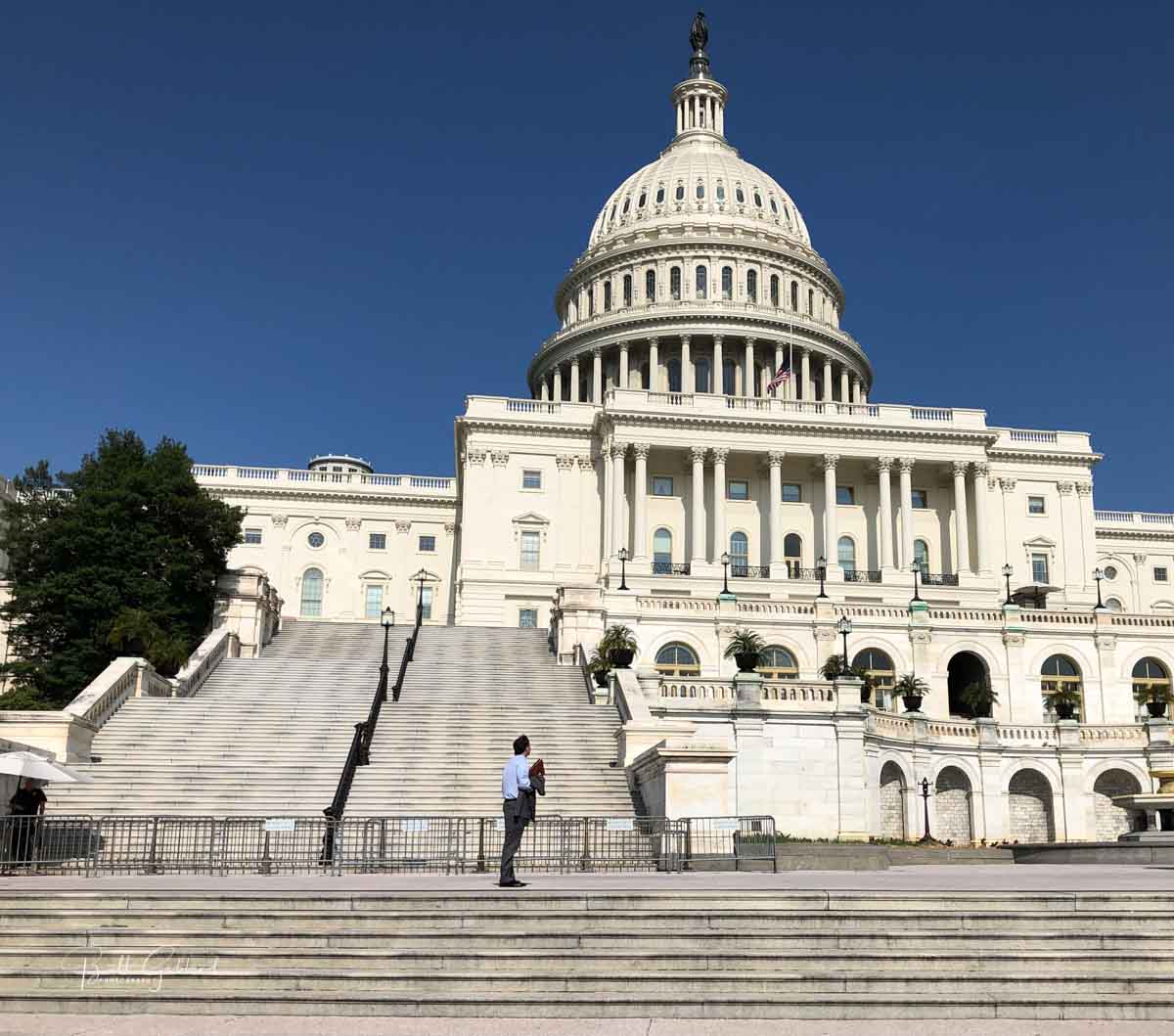
A document is floating around on Reddit indicating that the Washington Office of the US Forest Service wants to add five firefighters to Interagency Hotshot Crews (IHC) to bring the size up to 25.
The memo dated November 9, 2021 said the Agency has been investing in the modernization and standardization of national aviation resources for the past 10 years, but it is now time to shift focus to ground-based suppression resources, beginning with Type 1 hand crews, IHCs. With the growing length of the wildfire season, the memo says, “our wildland fire system was not built to sustain this level of response activity and stretching our outdated model to meet the increasing demand for response is having a detrimental impact on our employees, on their physical and mental health, their opportunities for rest and recovery, and their work-life balance.”
The new structure will have two GS-6 Lead Firefighter positions on the crews, creating a continuous career ladder from the GS-4 temporary firefighter to the GS-9 permanent full time superintendent. Another goal is to create a longer period of crew availability for these critical resources, and provide opportunities for mandatory stand-down periods and other controls to establish more deliberate work-rest ratios.
The memo recognizes that not all crews have the infrastructure to support 25 people per crew, so the minimum number will remain at 20 for those who can’t increase to to 25.
A copy of the November 9 USFS memo as seen on Reddit is below.
[pdf-embedder url=”https://wildfiretoday.com/wp-content/uploads/2021/11/IHC-increase.pdf” title=”Interagency Hotshot Crew increase 25″]
Another alternative to the the 25-person crew is the 30-person, 3-module crew advocated in an article by Tim Swedberg we published October 20.
Tim wrote:
Rather than dispatch all 3 modules, only 2 modules would respond. This leaves a 10-person module at home for a week of quality rest exclusive of travel. After 7 days the module left at home would replace one of the modules on the fire and one of the modules on the fire would return home for a week. This weekly rotation would continue throughout the fire season and could be accomplished without exceeding the 14-day assignment standard as no crewmember would work beyond 14 days. The rotation provides certainty for families that once every three weeks the firefighter will be working at their home unit.
In September of 2020, the first year of the pandemic, Area Command Team 2 led by Tim Sexton was assigned to the Southern California Operations Center in mid-September to assist with strategic planning for the rest of the fire year. They put together a wealth of information about resource availability, including the chart below showing how the number of available IHCs that year dropped from 113 to about 30 by late October, and to about a dozen by mid-November.

One reason for the shortage of firefighting resources reported on fires this year was the large number of vacant positions. Many hand crews and engines were not able to respond because they could not hire people for the jobs, and many left for better pay and working conditions in state, county, municipal, or private organizations. It remains to be seen if the $3.3 billion appropriated in the bipartisan infrastructure bill last week for wildland fire will help turn around the hiring and retention problems.
Thanks and a tip of the hat go out to Tom.






